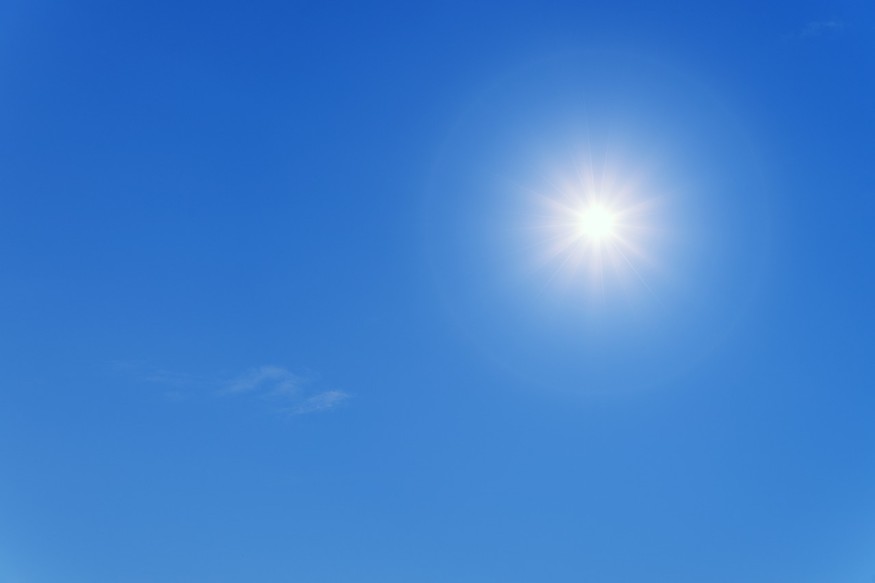Summer has "unofficially started" during the recent Memorial Day holiday on Monday, May 29, ahead of the first day of the Northern Hemisphere meteorological summer on Thursday, June 1.
With this, temperatures are expected to make a relative increase and cause dry conditions, based on weather reports in previous summer seasons in the United States and other parts of the hemisphere.
With this, the National Oceanic and Atmospheric Administration (NOAA) has released its updated weather outlook or long-term forecast for the 2023 summer season, which will span until August or early September this year.
The said season is typically accompanied by hot, humid weather and is associated with wildfires and the notorious heatwave.
In the U.S., previous summer seasons saw the dominance of wildfires and heat domes, especially in the western part of the country.
In 2021, an unprecedented number of heat-related deaths were reported across the region, with fatalities reported in California, Oregon, and Washington state, as well as the southwestern part of Canada.
NOAA Summer Outlook

Moderate to above-average temperatures are expected for the Pacific Northwest, Southwest, South, Southeast, and Northeast U.S. from June to August this year, according to the NOAA summer outlook issued on May 18.
The hotspot of these warm temperatures will be in Arizona and New Mexico, as well as in the southern parts of Utah and Colorado.
Meanwhile, the North and some parts of the Central U.S. will experience "equal chances," based on the seasonal temperature outlook.
In addition, the NOAA long-term weather forecast or seasonal precipitation outlook will see below-average precipitation chances for a small portion of the Pacific Northwest and Southwest.
Above-average chances is likely along the East Coast. The rest of the country will have equal chances.
The rationale behind the increased precipitation chances in the Easter Seaboard is also due to the occurrence of heavy rain during such time of the year, thanks to the passage and landfall of storms and hurricanes.
2023 Summer Season
Normal high temperatures for June will range in the low 80s but will peak in the upper 80s by the end of the month and into June, according to the National Weather Service Office in Raleigh (NWS Raleigh), as cited by FOX 8 news.
The forecast also implies there is a high likelihood that Americans will see several days with 90 degrees Fahrenheit temperatures and a few triple digits during the summer season.
This means that cities or towns with long-held records of high temperatures for the said period could be broken.
2023 Drought Outlook
The NOAA is forecasting a 33% chance of wet weather than normal in the Carolinas and a high chance of rainfall events across the eastern half of the U.S. these coming months, as cited by the U.S. media outlet.
Drought or prolonged dry conditions are also expected for the Pacific Northwest and the Southwest.
According to the NOAA's National Integrated Drought Information System (NIDIS), 16.05% of the U.S. and 19.20% of the lower 48 states are experiencing drought, based on the report of the U.S. Drought Monitor as of May 23.
© 2025 NatureWorldNews.com All rights reserved. Do not reproduce without permission.





